Tesla Birthwatch 10: Tesla Roadster Vs. Toyota Corolla
Slate's "Green Lantern" is the columnist who aspires to offer "illuminating answers to green questions." Brendan Koerner takes a quick look at the relative environmental impact of electric vs. gas-powered cars. Although you've got to wonder about Koerner's choice of the Tesla as an EV poster child– given that the Roadster remains unobtainable and the company's range claims are both vague and unverified– the man gets credit for almost shining his light on the entire environmental picture. (His calcs make mention of battery production and recycling.) Props for some fascinating energy-related links as well. And the winner is… the Tesla! In theory, the $100k plug-in go-kart requires 48.05 pounds of CO2 per 100 miles, while the Corolla unleashes 63.11 pounds of carbon dioxide per 100 miles. [thanks to jpc0067 for the link]
More by Robert Farago
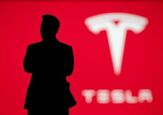

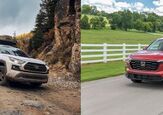















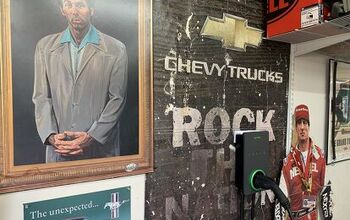
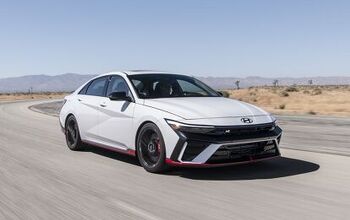
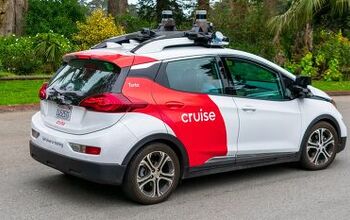
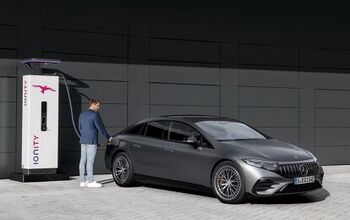
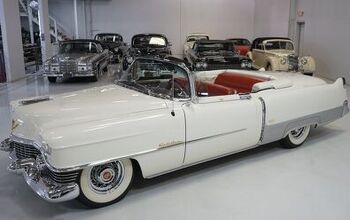
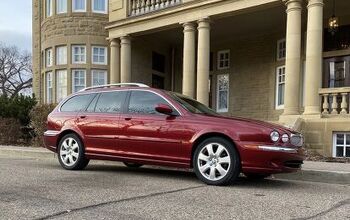
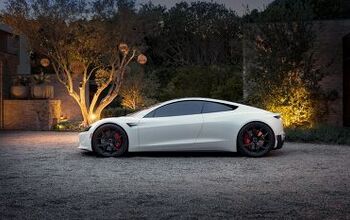
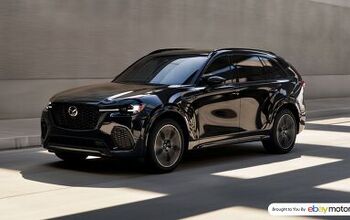

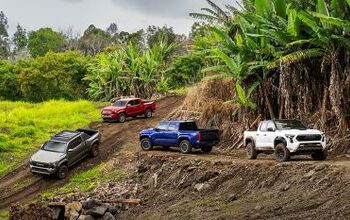
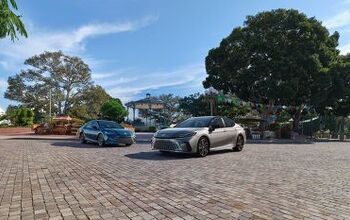
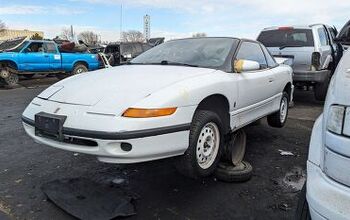
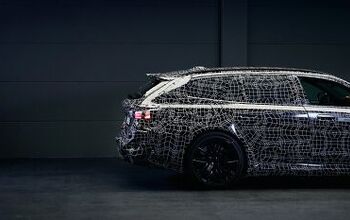
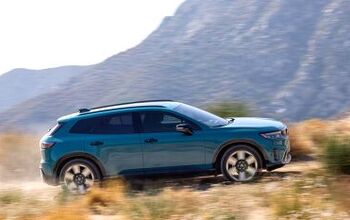
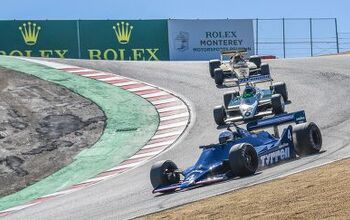
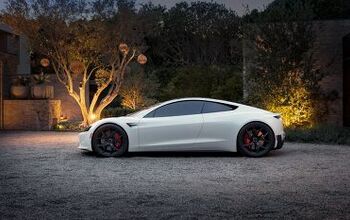
Comments
Join the conversation
Kevin, consider the Tesla as a prototype for evaluation purposes. Like the Prius, EVs will eventually be mass-produced and resemble a Corolla in terms of cost and impact. --- As for exactly what powers the Tesla, coal vs anything else, many of us with a green bent are willing to reconsider nuclear power as a source of energy. But remember, it's not just the greenies who get in the way of nuclear plants... it's also the NIMBY effect and the real, practical considerations of what to do with the waste and how to keep the powerplants safe from terrorists. And then there's raising the massive capital for it (this is a large part of what stalled nukes two decades ago). Even with "streamlined" licensing, etc, how long will it take to get a nuclear plant on-line? Ten years? Conservation measures and alternative power sources can get into action much faster. A brand-new hybrid car could be designed and brought to customers in just a few years. A windmill can be manufactured and on-line in a very short time. An SPV-cell manufacturing plant might take a year or two to build and you get power from the cells a month after they're delivered. We might be able to resurrect some defunct or abandoned damns and produce power from them in a very few years. Sure, these might be small impacts but the risks are low and they can start delivering energy or energy savings relatively quickly.
For the price of a Tesla you could purchase a pretty big forest in Brazil, offsetting the carbon emissions of not just one but several Corollas. So, the Tesla should be seen as a research project preparing us for the day in the future when those large batteries are an order of magnitude better and cheaper.